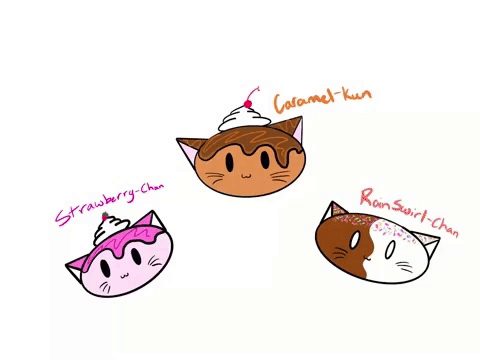Create a fully animated scene
Create a short stop-motion animated scene using toys or paper cutouts, a phone or tablet, and simple lighting to practice storytelling and frame-by-frame movement.



Step-by-step guide to create a short stop-motion animated scene
How to Create Animated Kids' Story Videos with AI for FREE! | Step-by-Step Tutorial
Step 1
Think of a tiny story that can happen in 10 to 30 seconds and say it out loud in one short sentence.
Step 2
Choose two or three toys or make paper cutout characters that will act in your story.
Step 3
Cut and color a simple background on a sheet of paper for your shoebox stage.
Step 4
Use tape or putty to attach the background paper to the inside back of the shoebox.
Step 5
Put your toys or cutouts inside the shoebox stage where you want the action to start.
Step 6
Place the shoebox on a flat surface and arrange the lamp so it lights the stage without making strong shadows.
Step 7
Set your phone or tablet on the tripod or stack of books so the camera can see the whole stage and does not move.
Step 8
Open your camera app or a stop-motion app and take one test photo to check the composition.
Step 9
Plan 6 to 20 tiny movements your characters will make and write each movement down in order.
Step 10
Position the characters in the first pose from your plan.
Step 11
Take one photo of the first pose.
Step 12
Move the characters a tiny bit toward the next pose and take another photo.
Step 13
Repeat the move-and-photo steps until you have photographed all planned poses and your story is finished.
Step 14
Play the photos back in the app to check the speed edit out any jumpy frames and add a title or sound effects if you like.
Step 15
Export your stop-motion video and share your finished creation on DIY.org
Final steps
You're almost there! Complete all the steps, bring your creation to life, post it, and conquer the challenge!


Help!?
What can we use if we don't have a shoebox, tripod, or desk lamp?
Use a cereal box or drawer as your stage instead of a shoebox, secure your phone with a stable stack of books in place of a tripod, and angle a desk lamp or sunlight through a window so it lights the stage without making strong shadows as described in the 'place the shoebox' and 'arrange the lamp' steps.
My photos look jumpy or the camera moves during shooting — how do we fix that?
If frames are jumpy because the phone moves, tape the phone to the tripod or stack of books, retake the 'one test photo' from the camera app step to check composition, and use a timer or remote shutter so you don't touch the device during each 'move-and-photo' step.
How can we make this activity easier for a 4-year-old or more challenging for a 12-year-old?
For younger kids simplify to two toys and plan about 6 big moves with a parent helping to 'cut and color a simple background' and position characters, while older kids can plan 20+ tiny movements, build layered paper backgrounds, and edit speed or add sound effects in the 'play the photos back' step.
What are simple ways to make our stop-motion scene more impressive or personal?
Try adding movable background layers on strips of paper for parallax, place colored paper over the lamp to change mood, and use the app's options to add a title or sound effects before you export and share your finished creation on DIY.org.
Watch videos on how to create a short stop-motion animated scene
How to Create Animated Kids Story Videos Using AI - Fast and Easy!
Facts about stop-motion animation for kids
🕰️ A common stop-motion speed is 12 frames per second — that means 1 minute of animation needs 720 photos.
🧸 Aardman Animations (creators of Wallace & Gromit) made clay characters famous with charming, hand-made stop-motion films.
🔁 Many stop-motion apps include "onion-skinning" so you can see the previous frame and make smoother movement.
🐉 Ray Harryhausen brought movie monsters to life with stop-motion, including the famous skeleton fight in Jason and the Argonauts.
🎬 Stop-motion dates back to the late 1800s — early films like "The Humpty Dumpty Circus" used the technique.
How do I make a short stop-motion animated scene with toys or paper cutouts?
What materials do I need to create a stop-motion animation at home?
What ages is stop-motion animation suitable for and how much supervision is needed?
What are the benefits of making stop-motion animations with my child?


One subscription, many ways to play and learn.
Only $6.99 after trial. No credit card required



